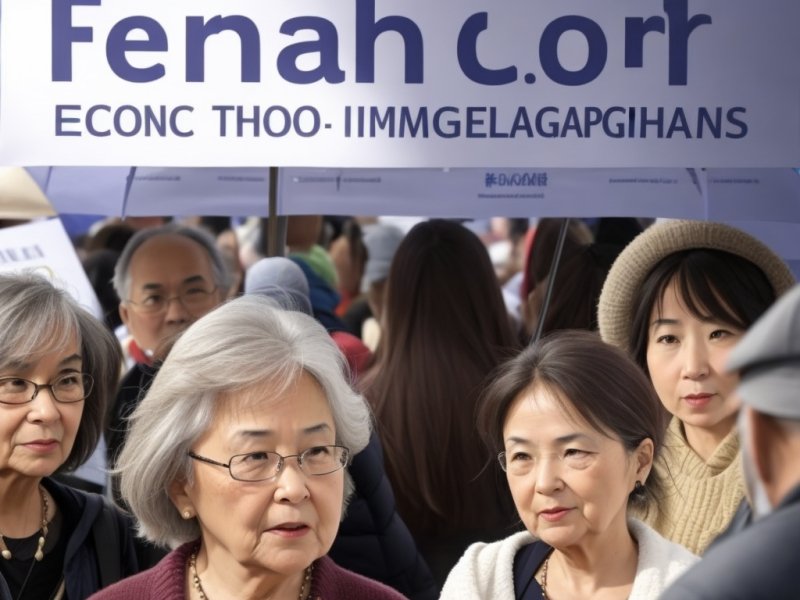
In an ever-changing world, demographic factors play a pivotal role in shaping economic dynamics and influencing policy decisions. From rapidly aging populations to fluctuating birth rates, these demographic shifts have far-reaching consequences that resonate through various sectors of the economy. In this blog, we will delve into the intricate relationship between demographics and economic trends, highlighting how these factors impact societies and drive policy responses.
The phenomenon of an aging population presents unique economic challenges. As life expectancy rises and birth rates decline, more countries are witnessing an increase in their elderly population. This demographic shift exerts pressure on social welfare systems, healthcare infrastructures, and labor markets. Governments face the challenge of maintaining a balance between providing adequate support to their elderly citizens while ensuring sustainable economic growth. Policy decisions regarding retirement age, pension reforms, and healthcare funding become critical in addressing this demographic change.
Changing birth rates influence the size and composition of the labor force, which has direct implications for economic growth. A declining birth rate may lead to a shrinking workforce, potentially hampering productivity and innovation. Policymakers must navigate ways to incentivize family planning and support working parents to ensure a robust labor force. Striking a balance between work-life policies and economic growth becomes essential in this scenario.
Demographic trends often lead to increased urbanization as people migrate to cities in search of better economic prospects and living standards. This urban influx creates both challenges and opportunities for policymakers. On one hand, urban centers may face infrastructural strains and housing demands, necessitating investments in transportation, housing, and public services. On the other hand, cities become hubs of economic activities, fostering innovation, entrepreneurship, and higher productivity.
The rise of Generation Z and millennials as influential consumer segments shapes economic trends significantly. These tech-savvy generations have distinct preferences, prioritizing sustainability, ethical business practices, and personalized experiences. Industries must adapt their products and services to cater to these demands, driving shifts in the market. Policymakers need to be aware of these changing consumer behaviors to foster a conducive environment for businesses while promoting responsible consumption.
In an interconnected world, immigration patterns significantly impact economies. Immigration brings in diverse skill sets, fosters innovation, and fills gaps in the labor force. However, it can also raise concerns among native workers about job competition and cultural assimilation. Crafting immigration policies that strike a balance between economic opportunities and social cohesion is crucial in maximizing the benefits of a diverse workforce.
Demographics serve as a compass guiding economic trends and policy decisions. The interplay of aging populations, changing birth rates, urbanization, generational shifts, and immigration shapes the economic landscape of nations worldwide. Policymakers must understand these demographic dynamics to devise strategies that promote inclusive growth, sustainable development, and equitable opportunities for all. By harnessing the power of data and making informed decisions, societies can navigate the challenges and embrace the opportunities presented by these demographic changes.
Share This News